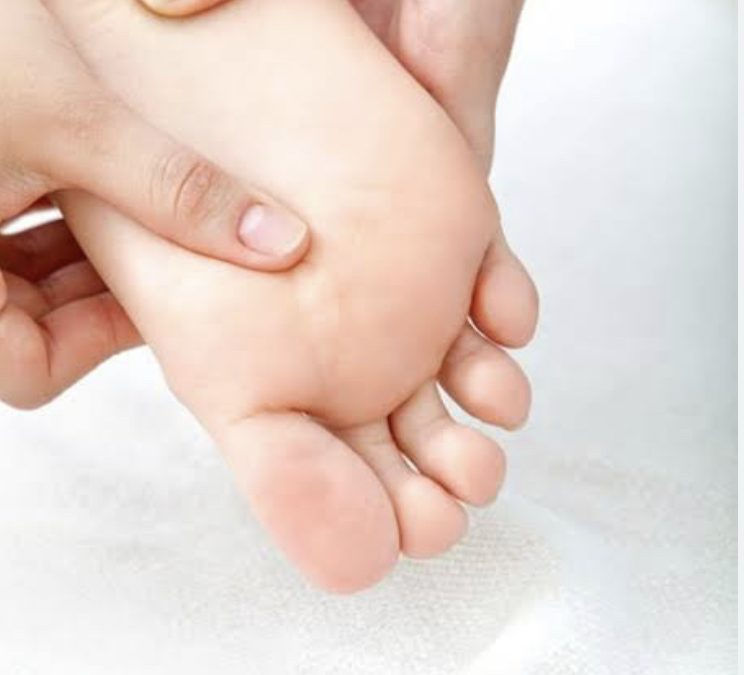What Is A Neuroma (Morton's Neuroma)?
- Dr. Angela Walk

- Jun 22
- 2 min read
Updated: Jun 25

A neuroma is a painful enlargement or thickening of a nerve, often caused by repetitive irritation, compression, or lack of blood flow.
In the foot, the most common type is Morton’s Neuroma, which forms in the third interspace, between the third and fourth metatarsal heads.
This enlargement is the body’s protective response to ongoing friction and pressure between the bones, often exacerbated by modern footwear.
What Causes Morton’s Neuroma?
The most common contributor to neuroma formation is conventional footwear that:
Compresses the forefoot with narrow toe boxes
Elevates the heel, shifting pressure forward
Includes a rigid or upturned toe spring that forces unnatural tension
These design features alter natural foot function, narrow the intermetatarsal space, and trap the digital nerve—leading to irritation, swelling, and eventually, nerve thickening.
Other Risk Factors Include:
Bunions, hammertoes, or overlapping toes, which create abnormal joint alignment and narrow the nerve space
High arches (pes cavus), which increase pressure across the ball of the foot
Repetitive stress, such as running or jumping, especially in improper footwear
Tight calf muscles or restricted ankle mobility, which force excess load onto the forefoot
Natural Remedies & Treatment for Morton’s Neuroma
Most mild to moderate cases of neuroma can be managed conservatively, especially when the root causes—footwear and forefoot compression—are addressed.
Here are the top natural and functional strategies:
1. Transition to Naturally Shaped Footwear
Choose shoes that are:
Flat (zero drop) from heel to toe
Widest at the ends of the toes, not just at the ball of the foot
Flexible and foot-shaped, allowing natural splay and movement
This removes the constant squeezing and compression that aggravates the nerve.
Take a look at my Approved Shoe List that includes the shoes I approve and recommend.
2. Use Toe Spacers
Toe spacers—especially anatomical ones—gently separate and realign the toes, creating space between the metatarsal heads and decompressing the nerve.
Use daily for 30–60 minutes to start, increasing over time.
3. Apply Metatarsal Pads
Met pads help lift and spread the transverse arch, relieving pressure at the base of the toes. They encourage the forefoot to relax and lengthen, which unloads the irritated nerve.
Place just behind the ball of the foot—not under it—for best results.
4. Incorporate Targeted Stretches
Gentle mobility work can relieve tension in the muscles that surround the metatarsals and improve overall forefoot mechanics.
Try:
Toe Extensor Stretch: Kneel with toes tucked and gently sit back to stretch the top of the foot and toes
Hammertoe Stretch: Gently extend each toe backward and hold for 10–15 seconds
Perform 1–2 times per day, especially before wearing shoes.
Conclusion: Neuromas Are a Footwear Problem First
Morton’s neuroma is often less about the nerve itself—and more about the mechanical environment it’s trapped in.
Healing begins when you:
Remove the source of compression
Restore proper toe alignment
Allow the foot to move, spread, and function naturally
These simple, natural interventions—combined with awareness and consistency—can lead to significant relief without injections, orthotics, or surgery.
Best of Foot Health,
Dr. Angela Walk
The Plantar Fasciitis Doc

➡️ Work With Me







Comments